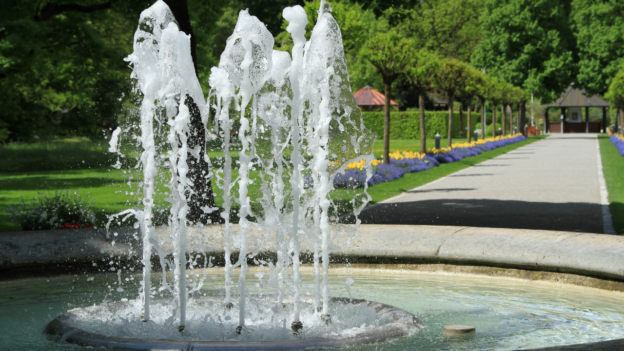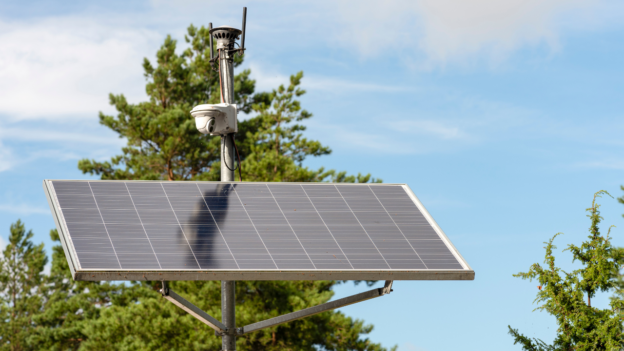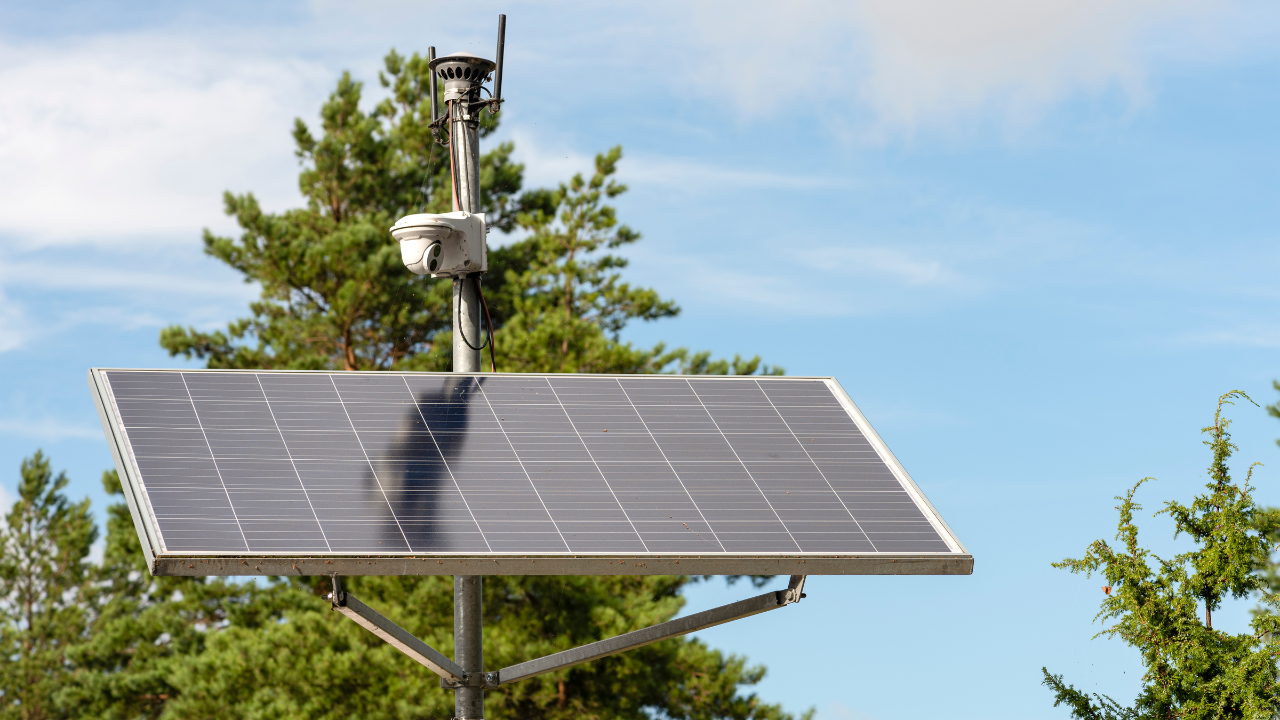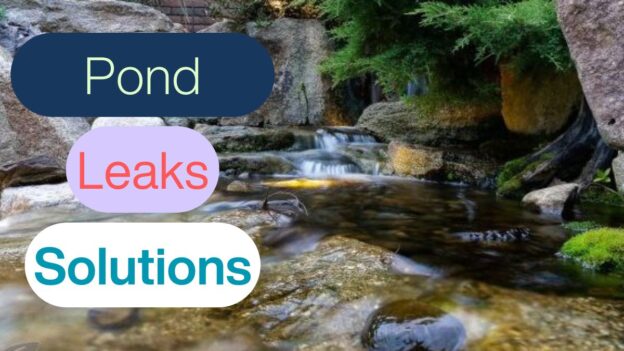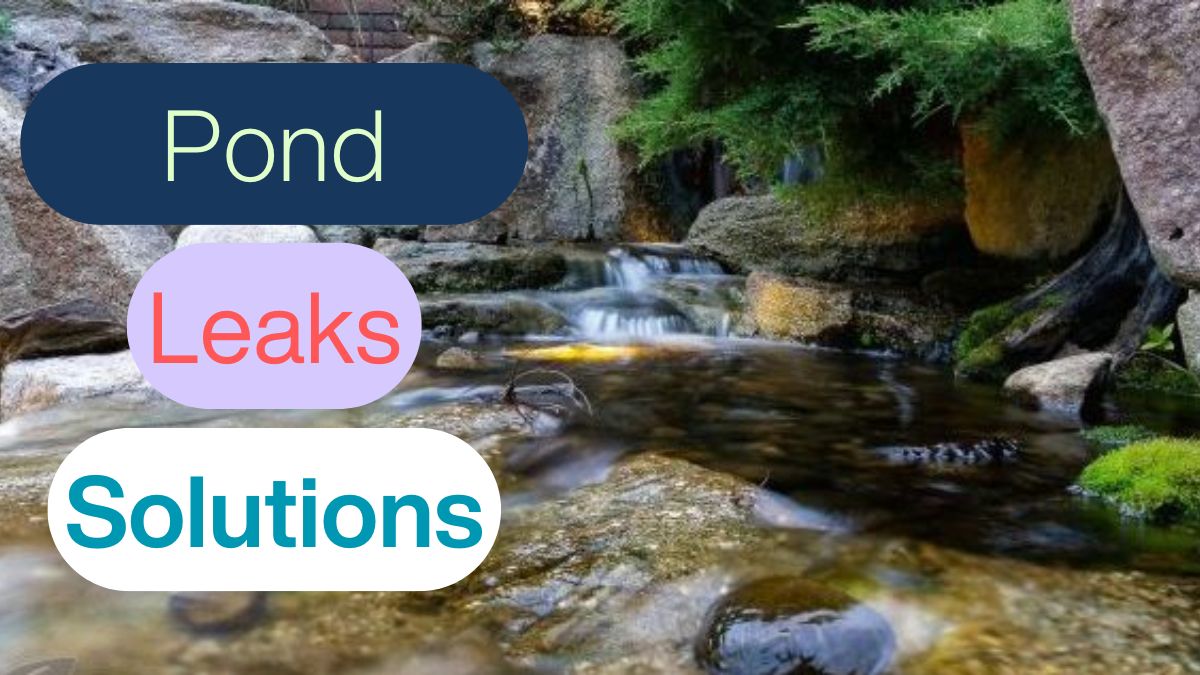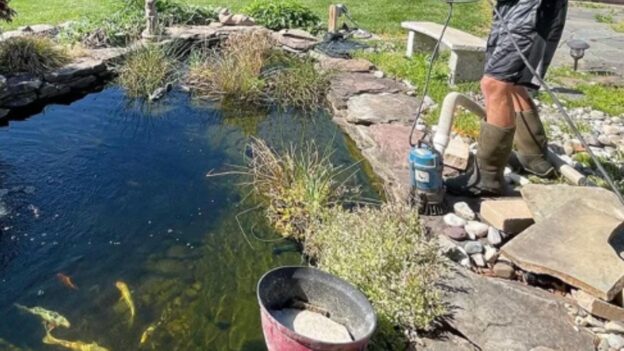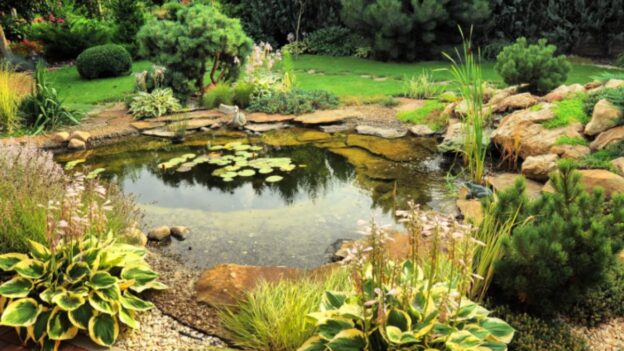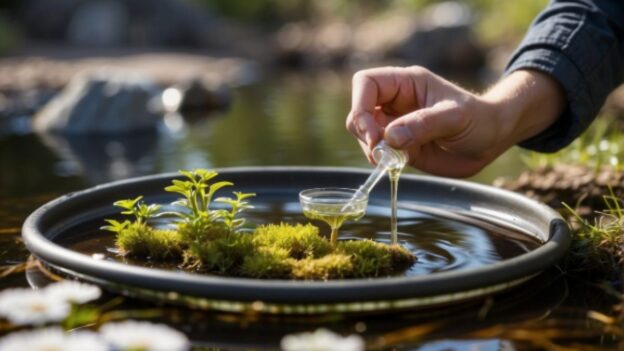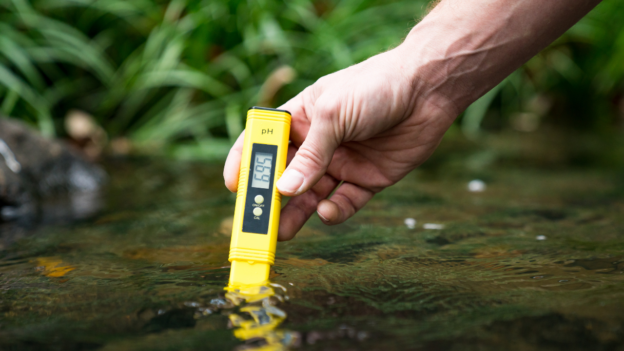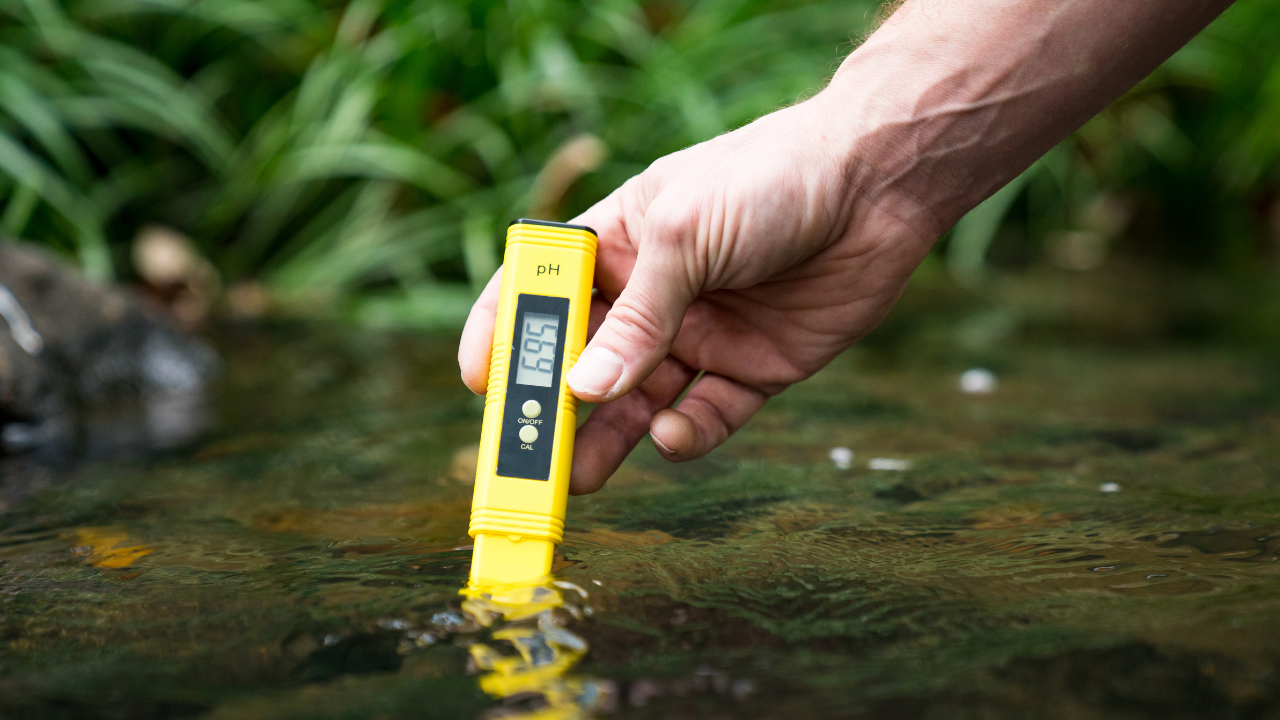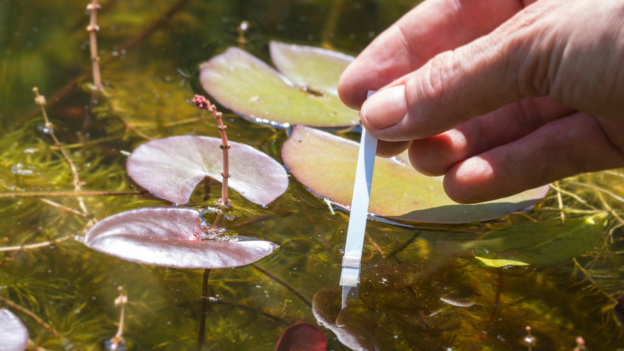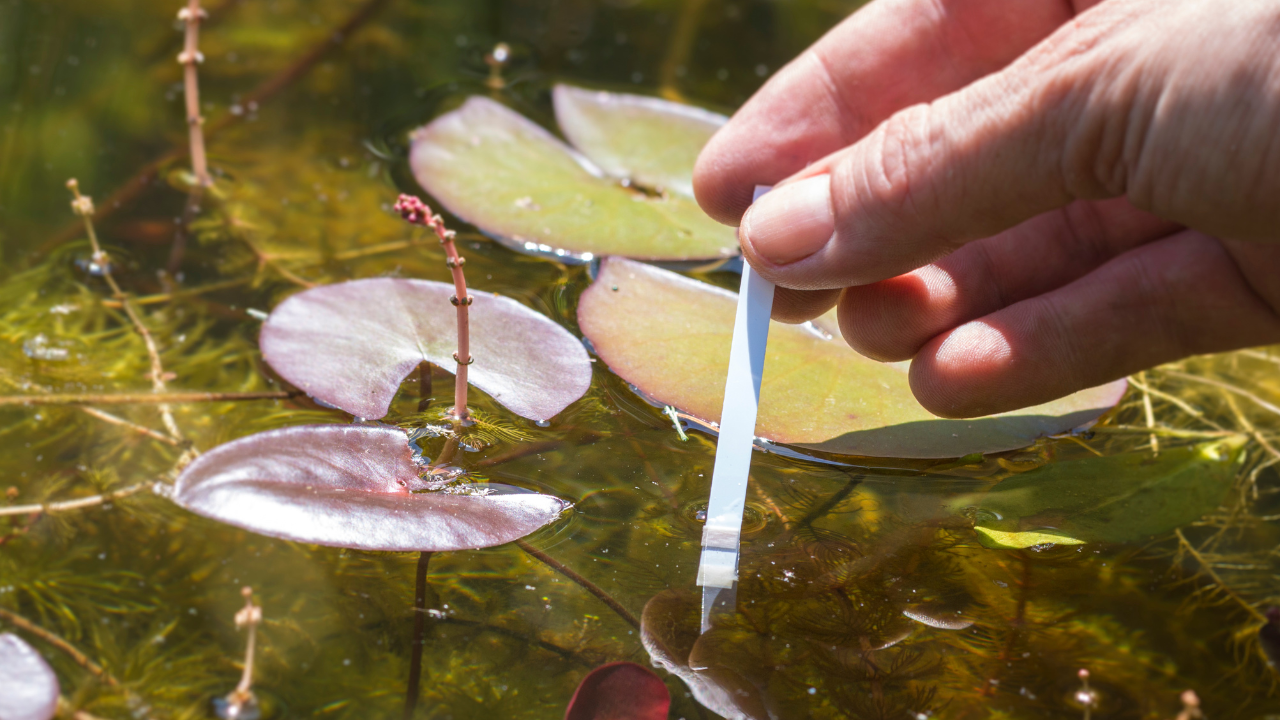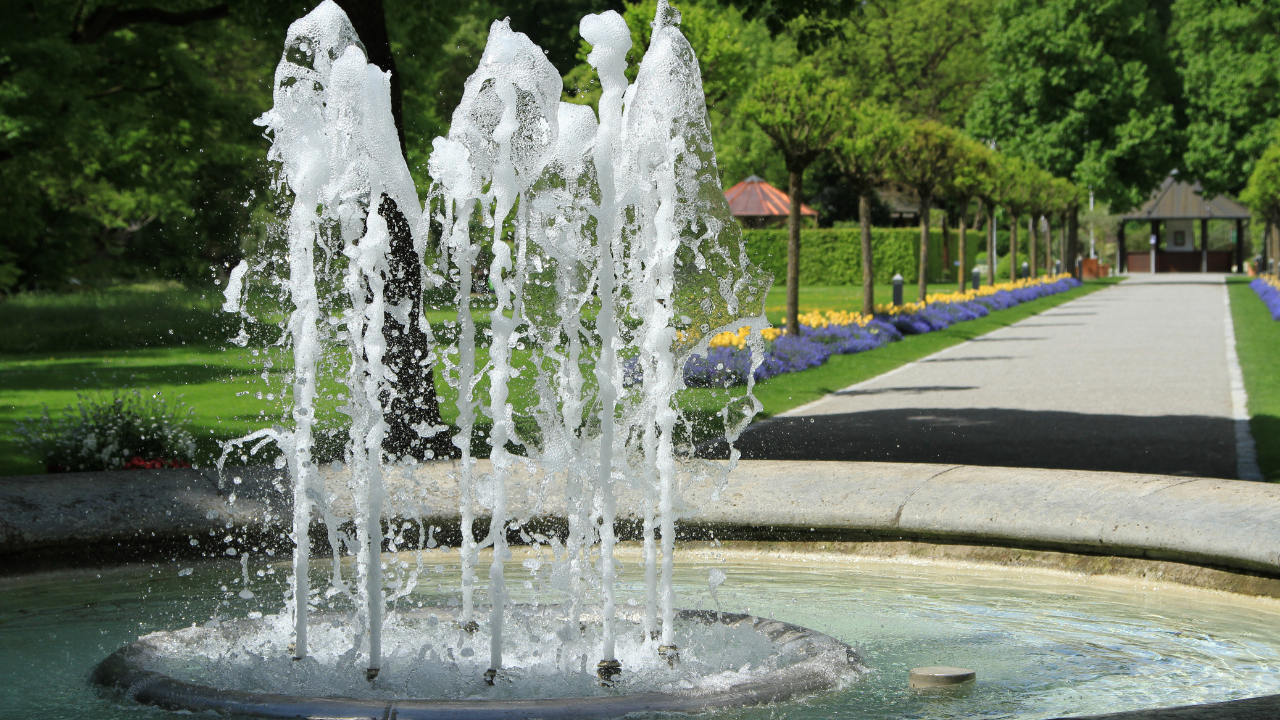
Key Takeaways:
- Fountain aerators help keep ponds clean by adding oxygen, reducing algae, and improving water quality.
- You’ll need a pump, tubing, and fountainhead—available at local pond fountain parts and supplies in Orange County stores.
- Place the aerator in the center of your pond for even water movement.
- Submersible pumps go underwater, while external pumps stay outside the pond.
- Always plug the pump into a GFCI outlet to avoid electrical hazards.
- Adjust the spray pattern after turning it on to get the right water flow.
- Clean the pump every few months to prevent clogs from leaves and debris.
- Check water levels often, especially in Southern California’s warm climate.
- Call pros for big ponds or tricky setups—like acre ponds or complex filtration systems.
- Orange County Pound Services can help with pond and fountain repair, maintenance, and supplies.
So, you’ve got a backyard pond, a Koi pond, or maybe even a bigger water feature on your commercial property in Orange County. And you’ve heard that a fountain aerator can help keep the water clean, reduce algae growth, and make your pond look even better.
But how do you actually install one?
Don’t worry—it’s not as hard as it sounds. Whether you’re a DIY pro or just getting started, this guide will walk you through the process in simple steps.
Why Install a Fountain Aerator?
Before we jump into the how-to, let’s talk about why you’d want one in the first place.
- Improves water quality by adding oxygen (fish and plants love this).
- Reduces murky water and keeps algae control in check.
- Enhances aesthetic appeal—because who doesn’t love the sight and sound of flowing water?
- Helps maintain a balanced aquatic environment, especially in fish ponds or ground Koi ponds.
If your pond looks a little dull or smells funky, an aerator might be exactly what it needs.
What You’ll Need
Before you start, gather these supplies (most of which you can find at local pond fountain parts and supplies in Orange County stores):
- Fountain aerator kit (includes the pump, tubing, and fountainhead)
- Submersible pump or external pump (depending on your setup)
- Power source (extension cord or solar power option if you’re going eco-friendly)
- Floating base (if your fountain isn’t fixed in place)
- UV light (optional, but great for extra algae control)
- Basic tools (screwdriver, pliers, maybe a wrench)
Got everything? Let’s get started.
Step 1: Choose the Right Spot
Where you place your aerator matters. You want:
- Even water distribution – Near the center works best for larger ponds.
- Away from plants or decorations – So the spray isn’t blocked.
- Close to a power source – Unless you’re using a solar-powered pump.
If you’re not sure, think about where the water movement will look and work best.
Step 2: Prep the Pump
Most fountain aerators use a submersible pump, which sits underwater. Here’s how to set it up:
- Attach the tubing to the pump outlet.
- Connect the fountain head (choose one that fits your type of water feature—some spray high, others create a gentle ripple).
- Secure all connections so nothing comes loose.
If you’re using an external pump, you’ll need to place it outside the pond and run the tubing in.
Step 3: Place the Aerator in the Pond
Now, gently lower the pump into the water.
- If it’s a floating fountain, just let it sit on the surface.
- If it’s a fixed fountain, you might need to anchor it to the bottom.
Make sure the pump is fully submerged—running it dry can damage it.
Step 4: Connect the Power
This part is simple:
- Plug the pump into a GFCI outlet (safety first!).
- If you’re using solar power, position the panel where it gets full sun.
Turn it on and watch the magic happen.
Step 5: Adjust and Test
Not all fountains spray perfectly right away. You might need to:
- Adjust the fountainhead to get the right spray pattern.
- Check the water level—if it’s too low, the pump might suck in air.
- Listen for strange noises (grinding or rattling could mean something’s off).
Once everything looks and sounds good, you’re all set!
Maintenance Tips
An aerator won’t work forever without a little TLC. Here’s how to keep it running smoothly:
- Clean the pump every few months (debris and organic matter can clog it).
- Check the water level regularly—evaporation happens, especially in Southern California.
- Inspect tubing for leaks (cracked tubes mean less water flow).
- Add a UV light if algae growth is still a problem.
A little regular maintenance goes a long way in keeping your pond crystal clear.
When to Call the Pros
Most fountain aerators are easy to install, but sometimes you might need help. Like if:
- Your pond is huge (think acre pond size).
- You’re dealing with complicated pond filtration or pressure filters.
- The pump keeps failing (could be an electrical or sizing issue).
That’s where Orange County Pound Services comes in. We handle everything from pond repairs to fountain maintenance for both residential ponds and commercial water features.
Need a Hand? We’ve Got You Covered
If DIY isn’t your thing—or if you just want an expert to make sure it’s done right—our team specializes in pond and fountain repair in Orange County trusts. We also carry all the pond fountain parts and supplies in Orange County you might need, from submersible pumps to UV lights.
Whether you have garden water fountains, wall fountains, or a custom water feature, we can help with:
- Fountain installation
- Pond maintenance
- Algae control solutions
- Custom design for unique outdoor water fountains
So, if your pond needs a little love (or a complete makeover), give us a shout. We’ll make sure your water feature stays beautiful and healthy all year round.
And hey, if you’re still not sure whether an aerator is right for your pond, just ask! We’re always happy to help.
Now go enjoy that sparkling, oxygen-rich water—you’ve earned it.
